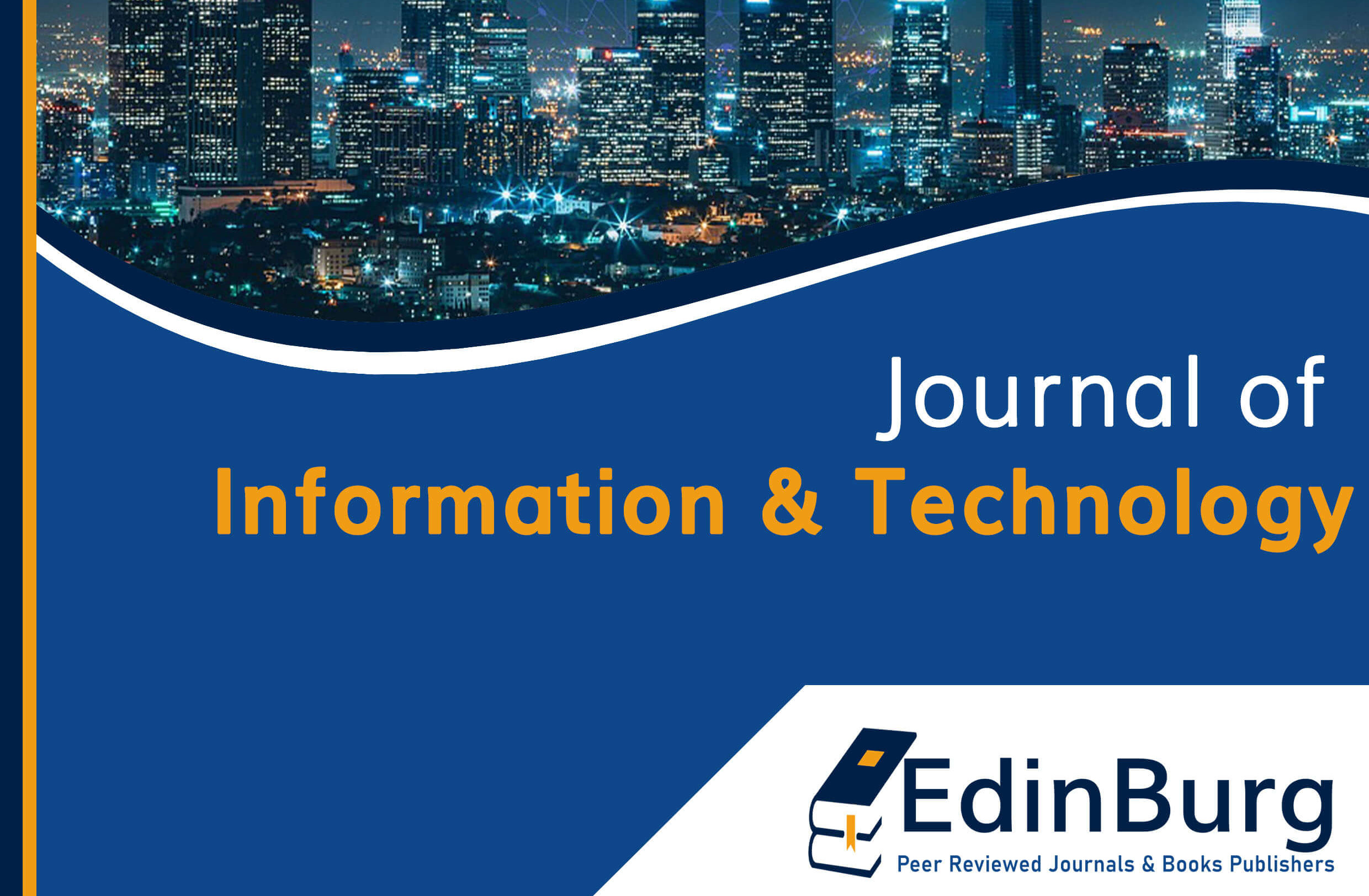Enhancing Inclusive Education: The Impact of an Al-Integrated E-Learning Platform (Moodle) For Deaf and Hard-of-Hearing Students in Rwanda's Secondary Schools
DOI:
https://doi.org/10.70619/vol5iss3pp43-57Keywords:
Inclusive education, deaf education, e-learning, artificial intelligence, sign language translation, accessibility, Moodie, RwandaAbstract
This research explores the development and implementation of an Al-integrated e-learning platform (Moodle) designed to enhance inclusive education for deaf and hard-of-hearing students in Rwanda's secondary schools. Despite Rwanda's commitment to inclusive education, significant gaps remain in providing accessible education for students with hearing impairments, including insufficient specialized schools and a shortage of sign language interpreters. The study proposes a hybrid solution combining web-based and embedded systems to bridge these communication gaps. The Al-powered platform, dubbed "D-Moodle," translates spoken language into subtitles and sign language using avatar-based technology, providing real-time accessible educational content. Through a mixed-methods approach incorporating surveys, interviews, and observations across selected schools including Hope TSS, Nyabihu School for Deaf, and GS Gitebe, the research evaluates the effectiveness of the proposed platform. Findings indicate that the platform significantly enhances learning experiences by addressing key barriers such as the scarcity of trained sign language interpreters and limited access to digital resources. The system demonstrates positive impacts on student engagement, communication, and academic performance while reducing the socioeconomic burden associated with specialized education. Content adaptation strategies, focusing on multimedia integration, interactive learning activities, and personalized learning pathways. The research concludes that Al-integrated e learning significantly improves educational accessibility for students with hearing impairments, contributing to Rwanda's inclusive education goals. Recommendations include continued investment in assistive technologies, teacher training, and infrastructure development to fully integrate digital solutions into Rwanda's education system.
References
Abowd, G. D. (1999). Classroom 2000: An experiment with the instrumentation of a living educational environment. IBM Systems Journal, 38(4), 508–530.
Bass, J., & Coutaz, J. (1991). Developing software for the user interface. Addison-Wesley.
Degen, L., Mander, R., & Salomon, G. (1992, May). Working with audio: Integrating personal tape recorders and desktop computers. In Proceedings of ACM CHI’92 Conference (pp. 413–418).
Essa, I., & Pentland, A. (1994). A vision system for observing and extracting facial action parameters (pp. 76–83). IEEE Computer Society.
Feynman, R. (1965). The character of physical law. MIT Press.
Ghirardini, B. (2021). E-learning methodologies and good practices (2nd ed.). FAO.
Goldberg, J. H., & Kotval, X. P. (1999). Computer interface evaluation using eye movements: Methods and constructs. International Journal of Industrial Ergonomics, 24, 631–645.
Gul, S. B. A. (2015). E-learning revolutionizing education: An exploratory study. University of Kashmir.
Hilborn, R., & Mangel, M. (1997). The ecological detective: Confronting models with data. Princeton University Press.
Hindus, D., Mainwaring, S. D., Hagstrom, A. E., Leduc, N., & Bayley, O. (2001, April). Casablanca: Designing social communications devices for the home (pp. 325–332).
Kaushal, N. (2016). E-learning: Meaning, importance, principles and relevance in higher education. University of Lucknow.
Knuth, D. E. (1998). The art of computer programming, volume 2: Seminumerical algorithms. Addison-Wesley.
Kotzer, S., & Elran, Y. (2012). Learning and teaching with Moodle-based e-learning environments, combining learning skills and content in the fields of Math and Science & Technology.
Meanings and definitions of words at. (n.d.). Dictionary.com. Retrieved from https://www.dictionary.com
Moodle Statistics. (2015). Official website. Retrieved from https://moodle.net/stats/
Nichols, M. (2007). E-learning in context. Retrieved from https://unesdoc.unesco.org
Oproiu, G. C. (2015). A study about using e-learning platform (Moodle) in university teaching process. Procedia - Social and Behavioral Sciences, 180, 426–432.
Oyelere, S. S., Suhonen, J., Wajiga, G. M., & Sutinen, E. (2018). Design, development, and evaluation of a mobile learning application for computing education. Education and Information Technologies, 23(1), 467-495.
Palincsar, A. S. (1998). Social constructivist perspectives on teaching and learning. Annual Review of Psychology, 49, 345–375.
Redhuan Samsudin, M., Sulaiman, R., Guan, T. T., & Yusof, A. M. (2020). The effect of mobile application learning style on mute deaf students’ motivation.
Sandler, W., & Lillo-Martin, D. (2006). Sign language and linguistic universals. Cambridge University Press.
Stasinakis, P., & Kalogiannakis, M. (2015). Using Moodle in secondary education: A case study of the course “Research Project” in Greece.
Downloads
Published
How to Cite
Issue
Section
License
Copyright (c) 2025 Nyituriki Mateme Prosper, KN Jonathan

This work is licensed under a Creative Commons Attribution-NonCommercial-NoDerivatives 4.0 International License.





